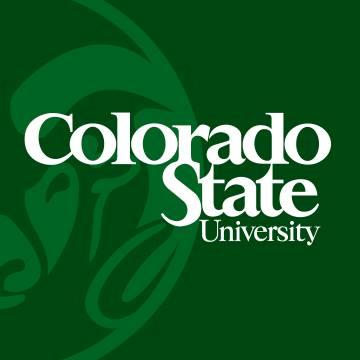
New model for evaluating rangeland systems launches
COLORADO STATE UNIVERSITY
Rangelands are the dominant land type across the planet and millions of people rely on the natural goods and services and food security the lands provide. A recently released model, G-Range, allows scientists and policymakers to understand how changes in climate will potentially impact rangelands by running global simulations in a single process, rather than repeating hundreds or thousands of processes.
The modeling tool offers the potential for forecasting future conditions to address resilience in the face of climate change and highlighting regions of concern. G-Range also provides support to policymakers, as they weigh costs and benefits of rangeland management policies and practices to ensure food security and livelihoods of people in developing countries throughout the world.
Colorado State University researcher Randy Boone, lead author of the study introducing G-Range, said the new tool fills an important niche in our systems for evaluating rangelands globally.
"It allows researchers to consider the systems across the globe in single simulations," he said.
The extent of rangelands makes them sensitive to global changes, and understanding the response to climate change is critical. In just one example cited in the study, 180 million people in East Africa rely on livestock production on rangelands.
"In much of the world, herders are dependent on weather and the resilience of natural systems to support livestock," explained CSU Professor Rich Conant, co-author and research scientist at Natural Resource Ecology Laboratory. "Whereas in wealthy nations such as the United States, food crops can supplement natural rangeland grasses."
Conant said this means systems in the U.S. are more robust and less sensitive to the vagaries of the weather and issues created by climate change.
G-Range builds on an existing modeling tool known as Century, which was also developed at Colorado State University. The new tool allows researchers to run global simulations in a single process, though with less detail than Century. For example, using Century, modeling rangelands in 3,000 counties would require 3,000 simulations. G-Range's single simulation process means running the model once for the entire globe.
Conant said that assessments of climate change impacts bring together multiple perspectives, and G-Range fills a critically important gap in the current toolbox. An organization such as the International Food Policy Research Institute, which assists groups like the World Bank in directing funding to developing nations, could use G-Range to enhance integrated assessments.
"There are already a whole host of models for agricultural and forested systems, but grazing lands often fall between those things," Conant said. "G-Range can help assess environmental issues in those systems that so many people are dependent on."
G-Range will soon be available to anyone interested in rangelands research as an open source system.
The paper introducing G-range and its usability is published in Global Change Biology.
###
Authors include Boone and Conant of CSU's Natural Resource Ecology Lab and Department of Ecosystem Science and Sustainability; Jason Sircely and Philip Thornton of the CGIAR Research Program on Climate Change in Nairobi, Kenya; and Mario Herrero of the Commonwealth Scientific and Industrial Research Organization in Queensland, Australia.
